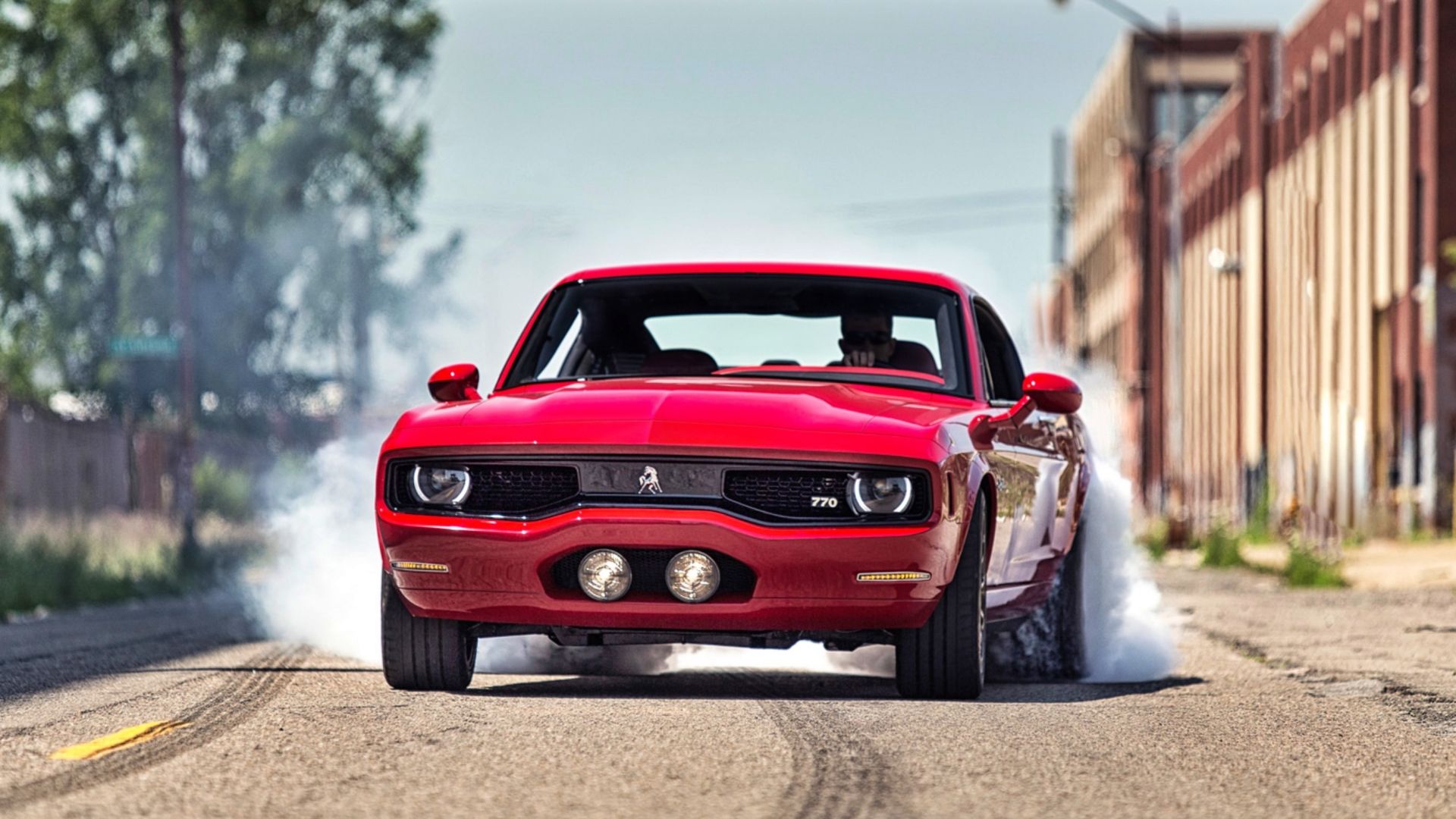A car’s suspension system is very complex, with the parts inextricably connected to each other. Regardless of a car’s shape and size, just the 4 tires touch the ground, and they undertake the weight of the car itself as well as the people and things the car carries. Let’s assume a vehicle (front-engine, front-wheel drive) has a total weight of 1,000 kg. When static, the front and rear tire on each side bears 300 kg and 200 kg respectively, while the weight load has some subtle changes when the car gets started. The dynamic inertia will cause a weight transfer to the car, no matter it is speeding up, slowing down or steering, thus resulting in rapid bear load growth of some individual tires. For example, if there’s an emergency brake on the ground, the weight that is originally borne by the rear tires would instantly transfer to the front tires. That is to say, the two former tires, which only bear 600 kg in total, will now undertake perhaps more than 800 kg. What’s more, if the car radically turns right when downgrading at a high speed while the driver suddenly loses the throttle, the weight load of the right rear tire would become zero because the car is now up in the air! At this time, weight load of the left front tire would reach as much as 800 kg, while the left rear tire and right front tire will take 80 kg and 120 kg respectively. This phenomenon of severe imbalance would let the left front tire slip because of the heavy load, thus losing the ability of steering. In this situation, if the driver depresses the brake in a hurry, more weight would transfer to the front. As a result, the left rear tier has not enough down force because of little weight load, so the frictional force is not enough to contend with the left lateral force generated by the right bend, thus generating a left traverse.
The above is a simplified example, but the basic principle is perhaps clear, and we can come to a conclusion that if we could reduce the weight transfer in a movement, the limit of slip can then be increased, thus resulting in a substantial improvement in the overall handling. And now I’d like to introduce several methods to reduce the weight transfer.
The first way is to reduce the car’s weight. Once the gross weight is less, the transferred weight is therefore reduced. That is to say, weight load of the tires under the same condition is less, so the limit will certainly increase. Please remember to reduce the useless stuff in the car, especially in the trunk, because they will follow the car’s dynamic inertia to transfer, thus affecting the stability.
The second way is to lower the vehicle’s center of gravity, because the lower the center of gravity is, the less the car swings, meaning the less of weight transferred at the same time. The easiest way to lower a car’s center of gravity is to decrease the height of the vehicle. But do not casually cut the original springs to achieve your goal as this would cause some side effects.
The third way is to strengthen a car’s ability of anti-heeling (roll stiffness), which requires strengthening the body and suspension system to suppress sway amplitude of the car. The most common way of this kind of modification is to install high-strength springs and shock absorbers, and equip the car with front and rear tower bars, as well as anti-roll bars.






More Stories
Keep Your Ride Pristine: Supercar Storage Solutions
Revved Up for Action: Newcastle 500 Highlights
Rev Up Your Engines at Top Supercar Race Tracks